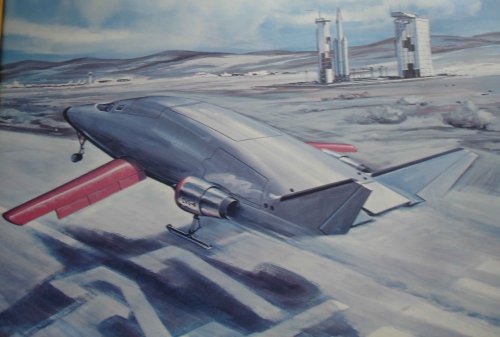- Joined
- 1 April 2006
- Messages
- 11,339
- Reaction score
- 9,988
From
THE FIRST MANNED LIFTING ENTRY VEHICLE CONFIGURATION
by
ROBERT A. LYNCH
General Dynamics/Convair
San Diego, California
AIAA Paper
No. 66-959
THE FIRST MANNED LIFTING ENTRY VEHICLE CONFIGURATION
by
ROBERT A. LYNCH
General Dynamics/Convair
San Diego, California
AIAA Paper
No. 66-959
Attachments
-
 Clipboard01.jpg193.5 KB · Views: 601
Clipboard01.jpg193.5 KB · Views: 601 -
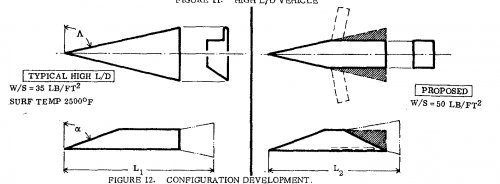 Clipboard02.jpg142.6 KB · Views: 418
Clipboard02.jpg142.6 KB · Views: 418 -
 Clipboard03.jpg182.4 KB · Views: 465
Clipboard03.jpg182.4 KB · Views: 465 -
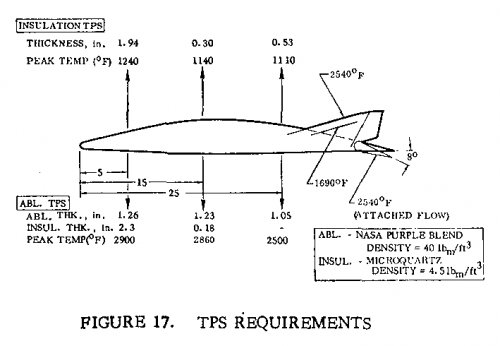 Clipboard04.jpg79.6 KB · Views: 376
Clipboard04.jpg79.6 KB · Views: 376 -
 Clipboard05.jpg146.7 KB · Views: 364
Clipboard05.jpg146.7 KB · Views: 364 -
 Clipboard06.jpg306.4 KB · Views: 235
Clipboard06.jpg306.4 KB · Views: 235 -
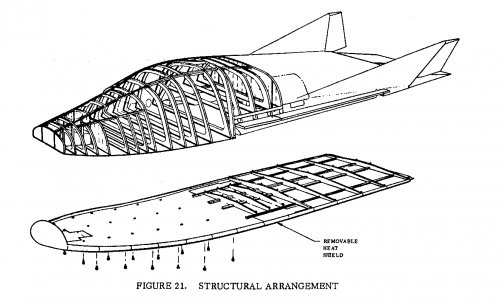 Clipboard07.jpg279.6 KB · Views: 221
Clipboard07.jpg279.6 KB · Views: 221 -
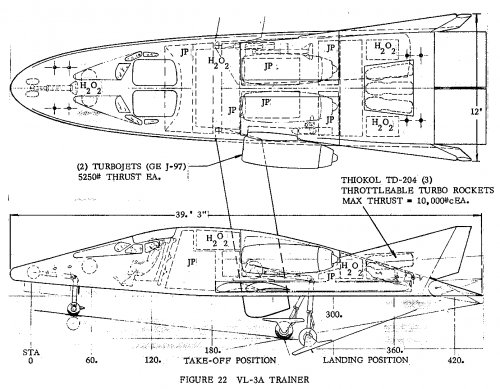 Clipboard08.jpg491 KB · Views: 301
Clipboard08.jpg491 KB · Views: 301

